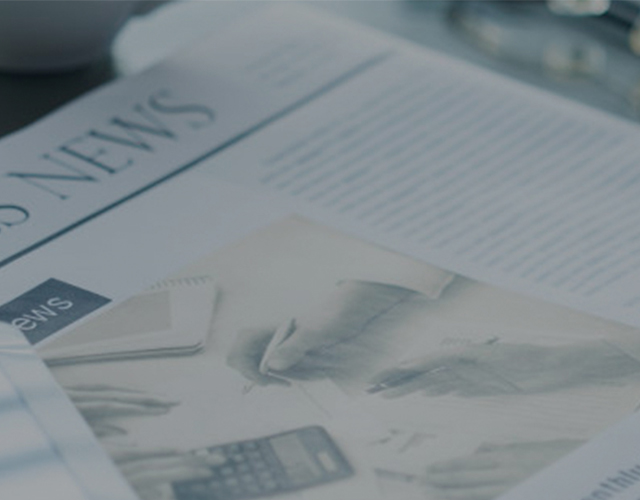-

08
2024.03
Classification and Application of Release Film
1、 The use and characteristics of silicone oil release filmMore -

08
2024.03
What Are the Good Transparency Properties of Release Film?
What are the good transparency properties of release membranes? Prevent mutual transfer printing between FPC products, reduce operating procedures, improve work efficiency, and control solder pads and finger overflow.More -

08
2024.03
Take You to Understand Fluoride Release Film
Fluorine release film, also known as fluorine film or fluorine film, is mainly used to isolate sticky objects, such as silicone tape, PI tape, etc. During production, storage, or transportationMore -

08
2024.03
Benefits of Non Silicon Release Film
Non silicon release film has excellent corrosion resistance, electrical insulation, chlorination, irradiation modification, glass fiber reinforcement, and low pressure polyethylene melting point,More -

08
2024.03
What Factors Can Be Considered When Selecting PET Release Film?
PET release film is a common material in the heat transfer printing process, with a normal thickness of 25um to 150um. It has a cold, hot, and smooth matte surface, and has undergone anti-static and scratch resistant treatment. The product has good adsorption and adhesion performance.More -

07
2024.03
What Are the Requirements for Release Film?
What are the requirements for release paper? The technical indicators of release paper include the following: dry silicon coating amount, room temperature peeling force, aging peeling force, and residual adhesion rate.More -

07
2024.03
How to Avoid Silicone Oil Transfer And Foaming in Release Paper?
How to avoid silicone oil transfer and foaming in release paper? Nowadays, many industries use release paper. As a user, you may not be able to choose the appropriate release paper.More -

07
2024.03
Safety Precautions Should be Taken During the Production of Teflon Cloth
During the production of Teflon high-temperature cloth, a large amount of waste is generated. Therefore, while producing high-temperature cloth, we should also actively handle the waste, which can not only reduce production costs, but also become the raw material for future high-temperature cloth production through reheating. At the same time, it can also reduce environmental pollution. The decomposability of high-temperature cloth is very poor, and it is not soluble in various solutions such as water, acid, and alkali, The corrosiveness of soil to it is even minimal, and its harm to the environment is even more than ten times higher than that of plastic. By crushing high-temperature cloth, this crisis can be resolved.More -

07
2024.03
Key Factors Affecting the Quality of Release Films
Release film, also known as semi transparent Cellophane, has good internal strength and transparency, so it can become an industrial type of release application. So what factors will affect the quality of the release film? 1. Due to the requirement of good waterproof and oil resistance for professional release membranes, impermeability is a very important factor affecting their quality. Only with strong impermeability can they better resist oil and various solvents. Therefore, it can avoid excessive penetration of silicone oil when coating its surface. This not only saves raw materials, but also ensures better peeling force. 2. Smoothness affects the quality of the release filmMore -

07
2024.03
Issues to Consider When Selecting Release Film
Release film is one of the important materials for packaging and printing, widely used in factory product packaging. Due to the large quantity purchased at once, the quality requirements for release film are very strict during the purchase process. The main factors to consider in the selection of release film include the type of release film, price, production process, long-term response, and the properties and usage of the packaged product. So choosing a good long-term supplier of release film is extremely important. 1、 The key consideration here is whether to press or cut, which usually involves releasing the thickness of the release film due to the use of low weight during the production processMore -

07
2024.03
What Should I Pay Attention to When Choosing Release Film?
Due to the widespread use of release films in electronic products, there are extremely high requirements for their quality. Therefore, production enterprises of various products should pay special attention to quality issues when purchasing release films. 1. Note that the release film with professional transparency is also called semi transparent Cellophane, which is transliterated from "glassine". So transparency is a point that everyone should pay more attention to when choosing products, because only with good transparency can we meet the needs of automatic photosensitive labeling production lines, and the appearance of the products after production is also relatively beautiful and generous. 2. Pay attention to the tightness. If the tightness of the release film is high, thenMore -

05
2024.03
How to Choose a Professional Release Film?
Choosing a release film is like choosing a piece of clothing or household appliance, and the characteristics and usage environment of the product can also become the main basis for choosing. Consumers find it difficult to intuitively find the release paper they need from the classification of single silicon and double silicon, and professional release film classification is a difficult term for them to understand. Only from a simple and understandable perspective can we summarize the methods for selecting release paper for users. What are the ways to start selecting a professional release film? 1、 According to the environmental characteristics, environmentally friendly release films should have sustainable utilization value, not only because their main material is waste paper, but also because used paper can be recycled. But because of the lowMore
|
CN


